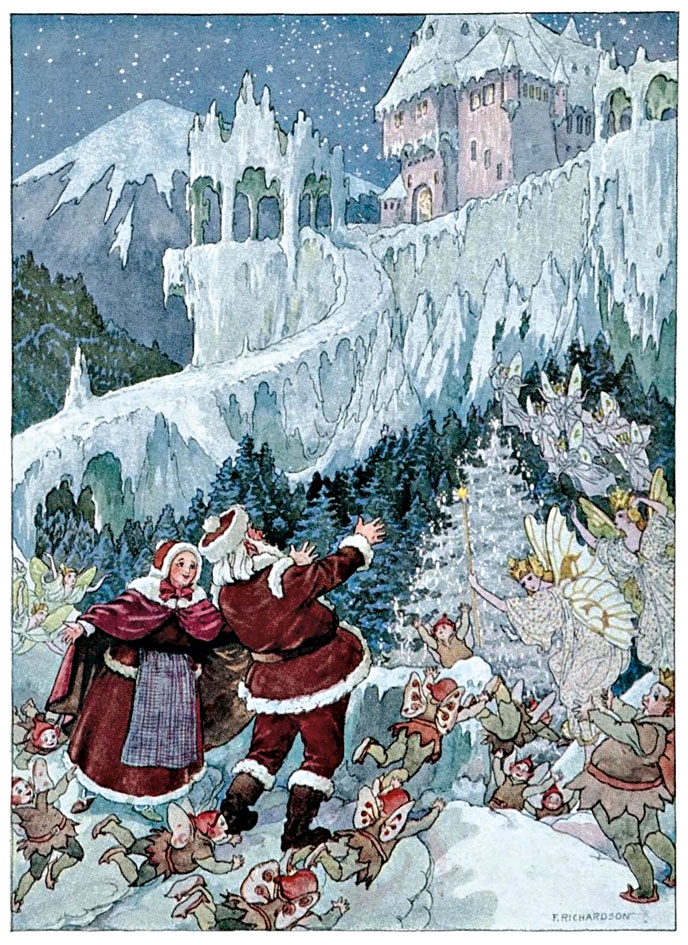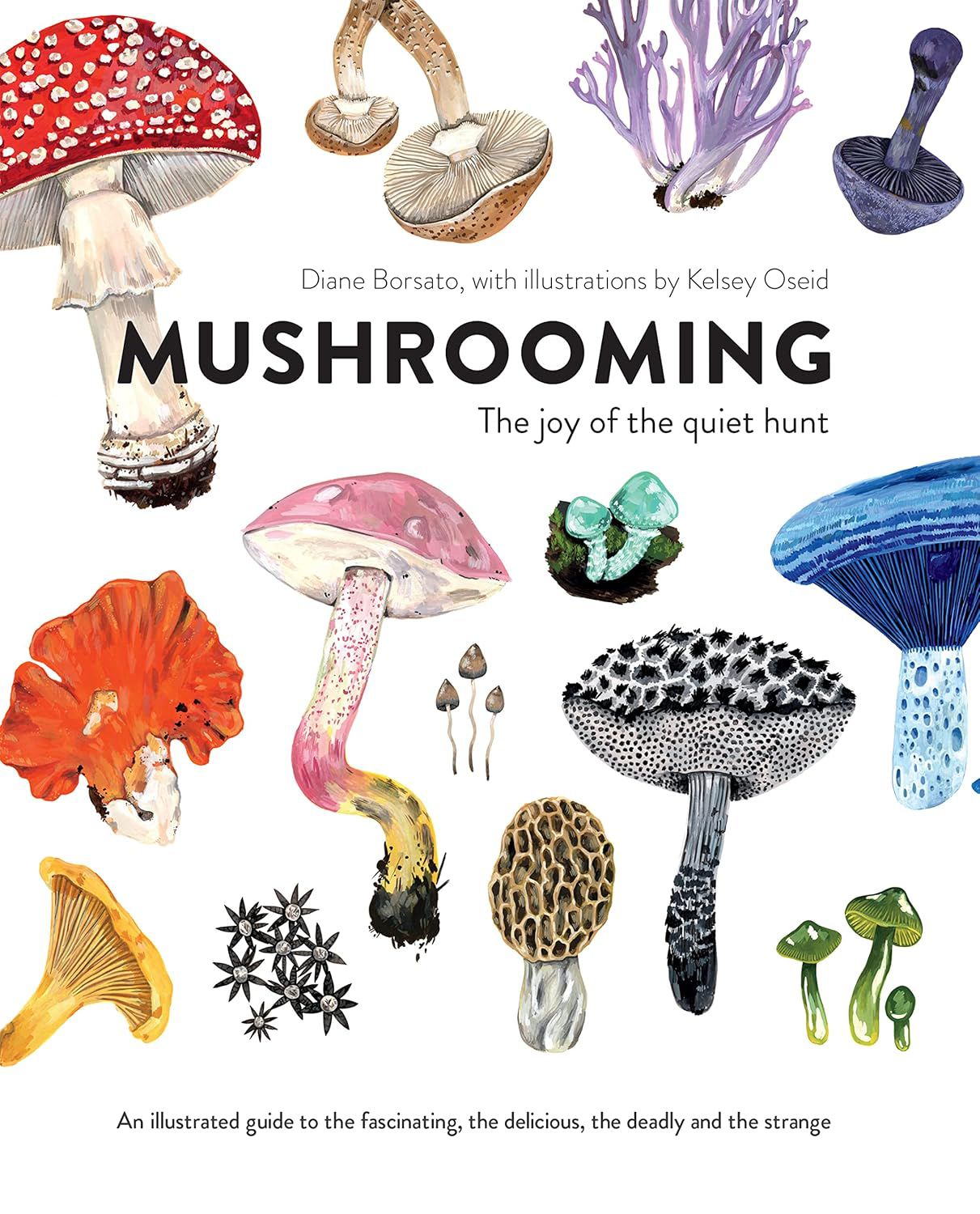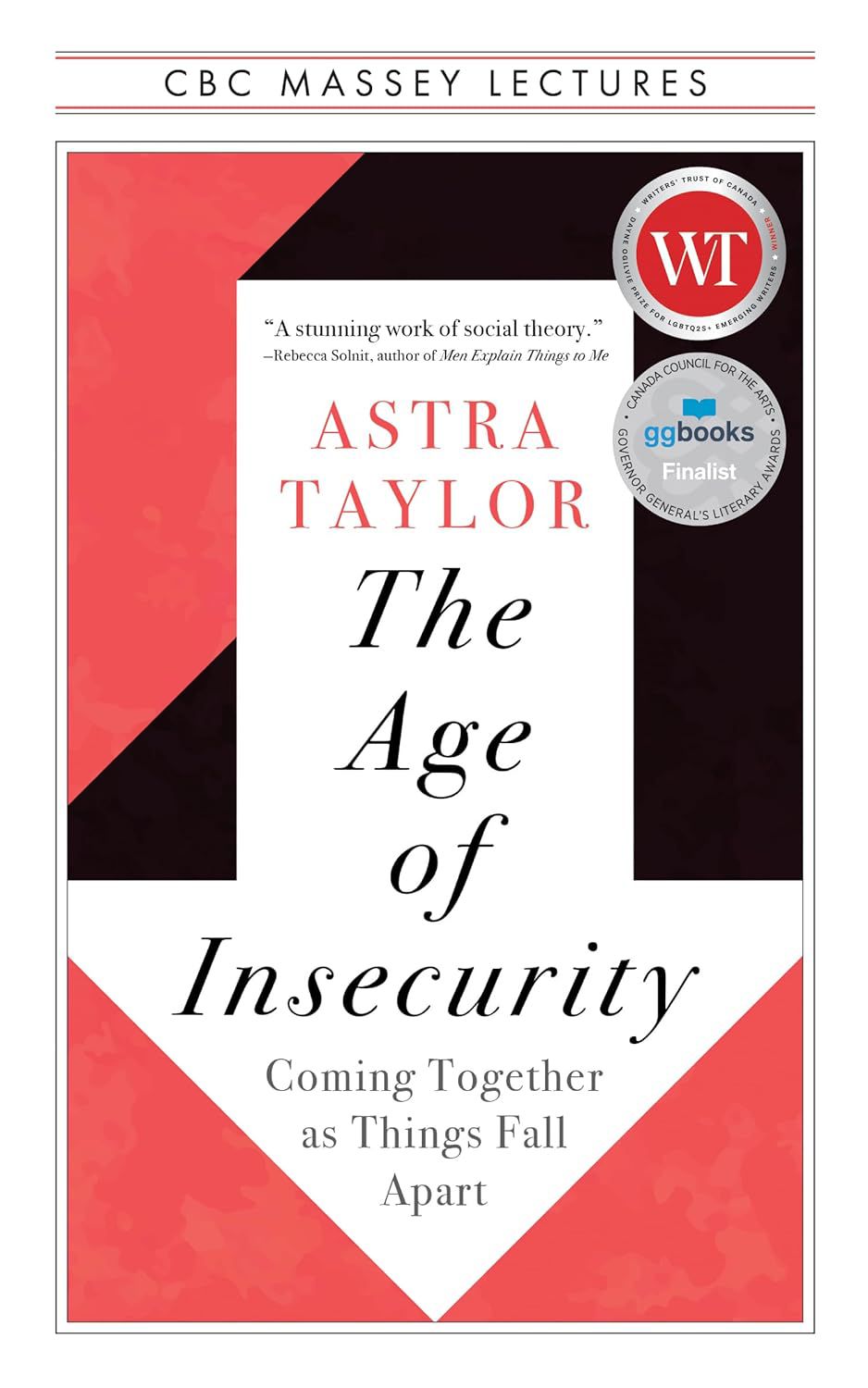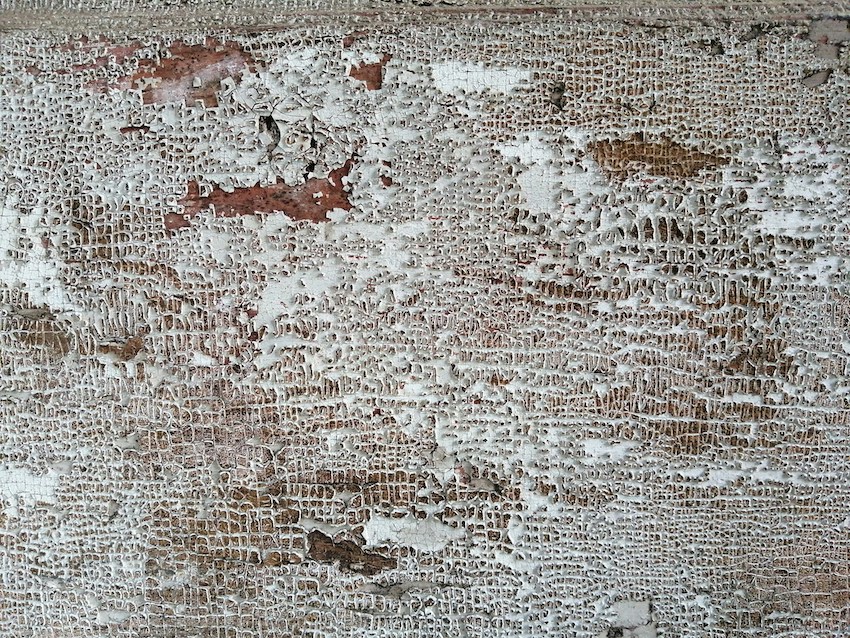fact

Natural History
It started with a note I found tucked into an anthology of poems edited by Selden Rodman, a book I opened rarely, though there was a time when I was young I had read it so closely and so many times I had most of the poems memorized. The note lay in the spine of the book against a poem of Arthur Rimbaud's titled, I think, "The Twelve-Year-Old Poet." On it are four names printed out in my sure and youthful twenty-one-year-old hand: Baghdad, Koweit, Sakakah, Jaffa.

Re-hanging the National Wallpaper
When I lived in Ottawa in the 1970s, I used to enjoy passing lazy afternoons at the National Gallery looking at the pictures. I remember how surprised I was when I first encountered the Group of Seven collection. These paintings were completely familiar—I’d seen them in schoolbooks and on calendars, posters, t-shirts, everywhere—yet at the same time they were completely unexpected.
.svg)
A Crack in the Edge of the World: America and the Great California Earthquake of 1906
Any author who can attract a crowd to listen to explanations of changes in plate tectonics theory over several decades deserves applause, and the best-selling author Simon Winchester did just that, in a conversation with Hal Wake at the 18th Annual V

Yishu: Journal of Contemporary Chinese Art Quarterly
Yishu: Journal of Contemporary Chinese Art is a new quarterly published in Taiwan and Canada by the anonymously named Art and Collection Group Ltd., which turns out to be an ambitious group of editors, writers, curators and artists in several countri

Seize the Fire: Heroism, Duty, and the Battle of Trafalgar
October 21, 2005, marked the 200th anniversary of the great naval battle of Trafalgar, an engagement in which Admiral Nelson and the British fleet ended Napoleon’s dream of invading England by crushing the French and Spanish fleets off the southwest



.svg)
















































.jpeg)

.jpeg)
.jpeg)























.jpg)






















.jpg)